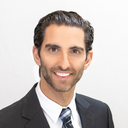First and foremost before ever having an aesthetic surgery operation patients need to vet the provider to confirm that the surgeon has the skill and experience to do the procedure correctly. This is true for all procedures.
